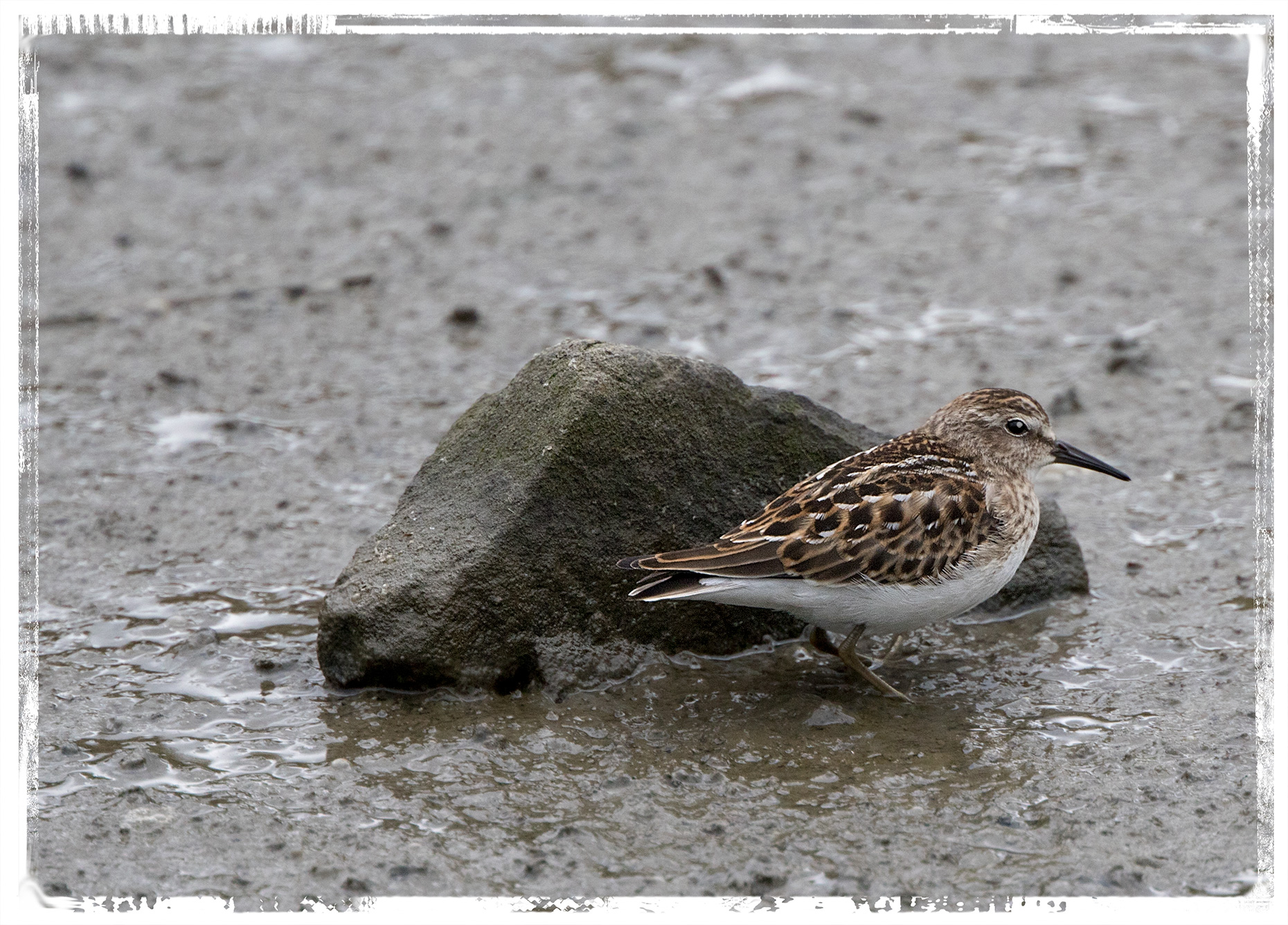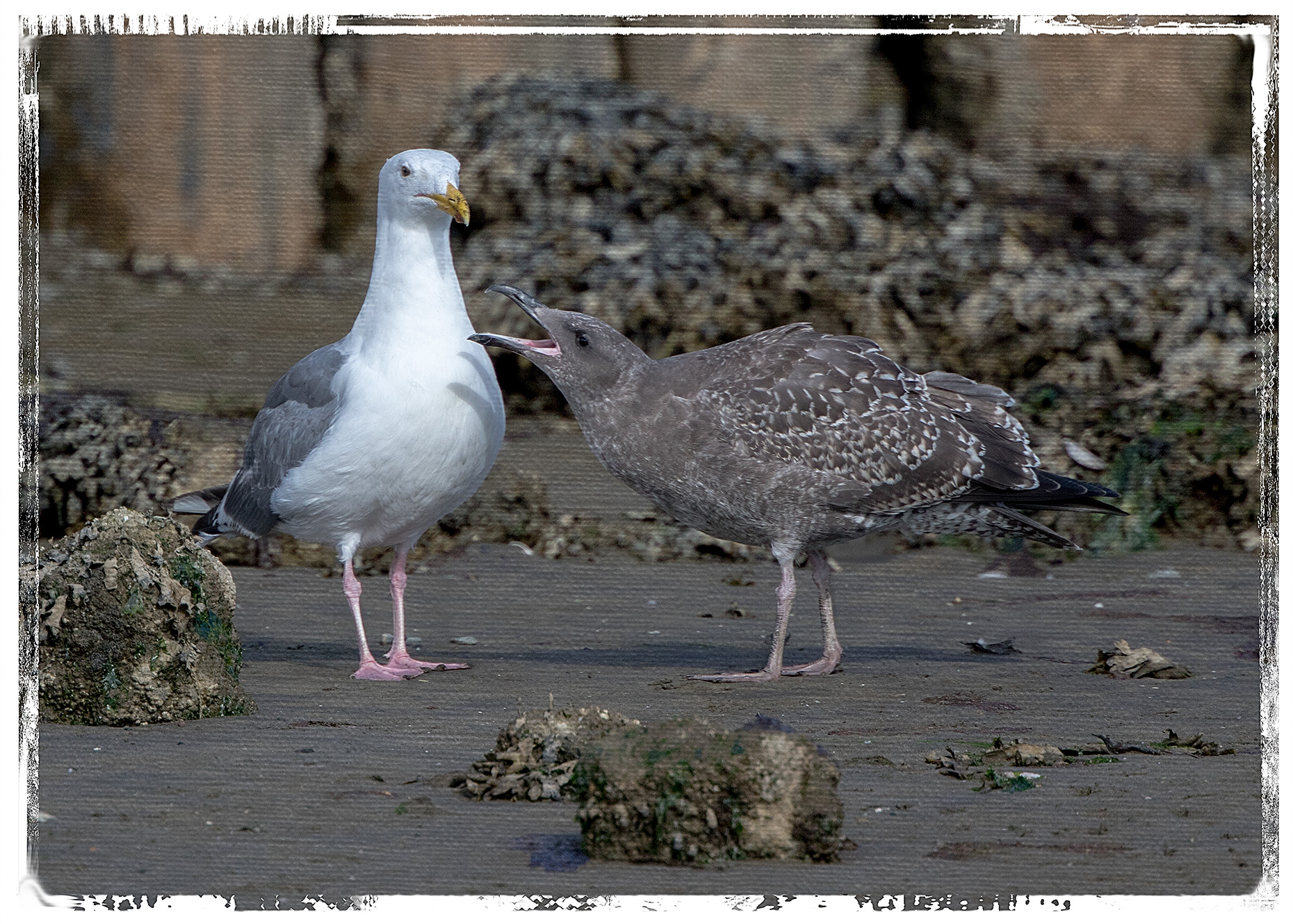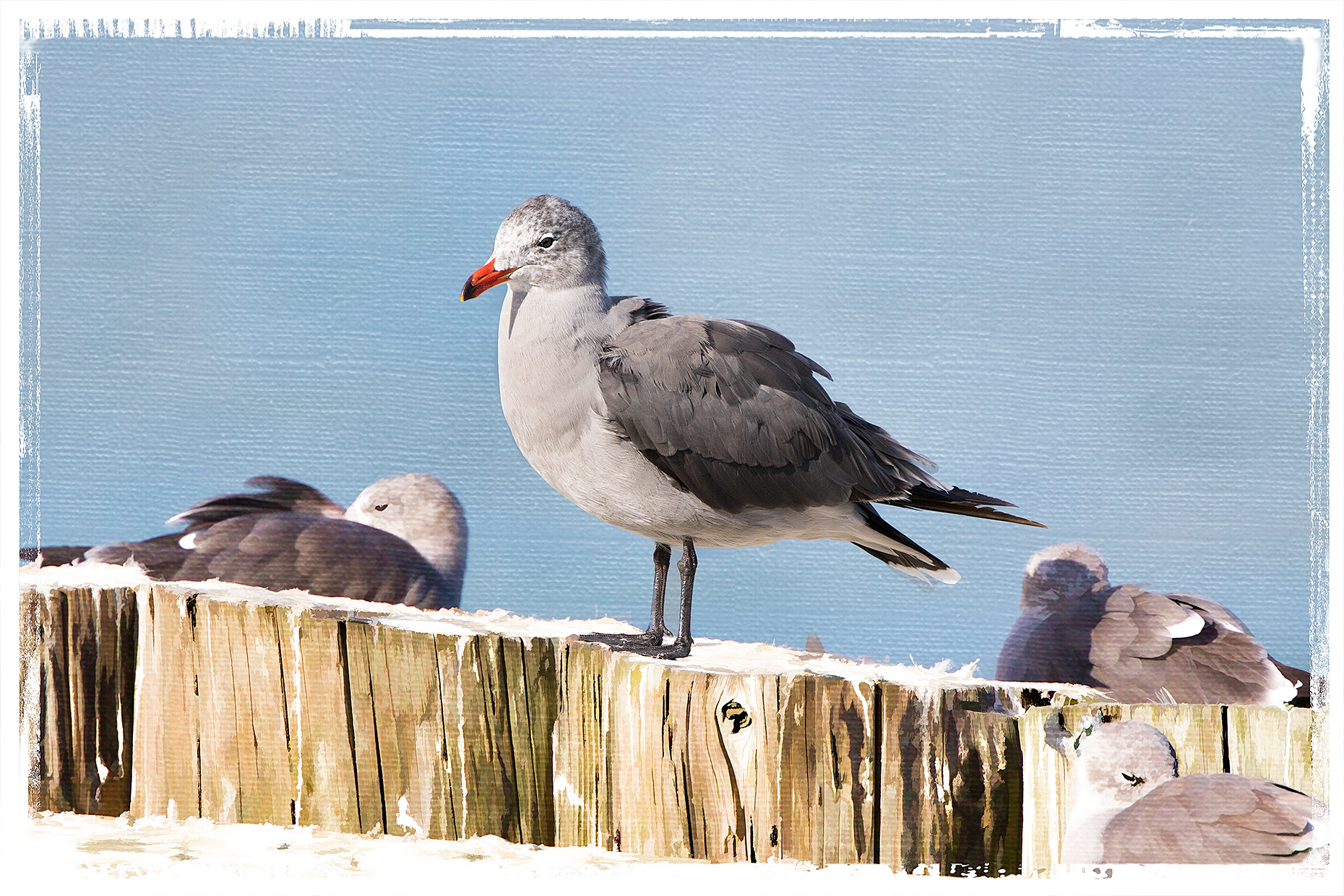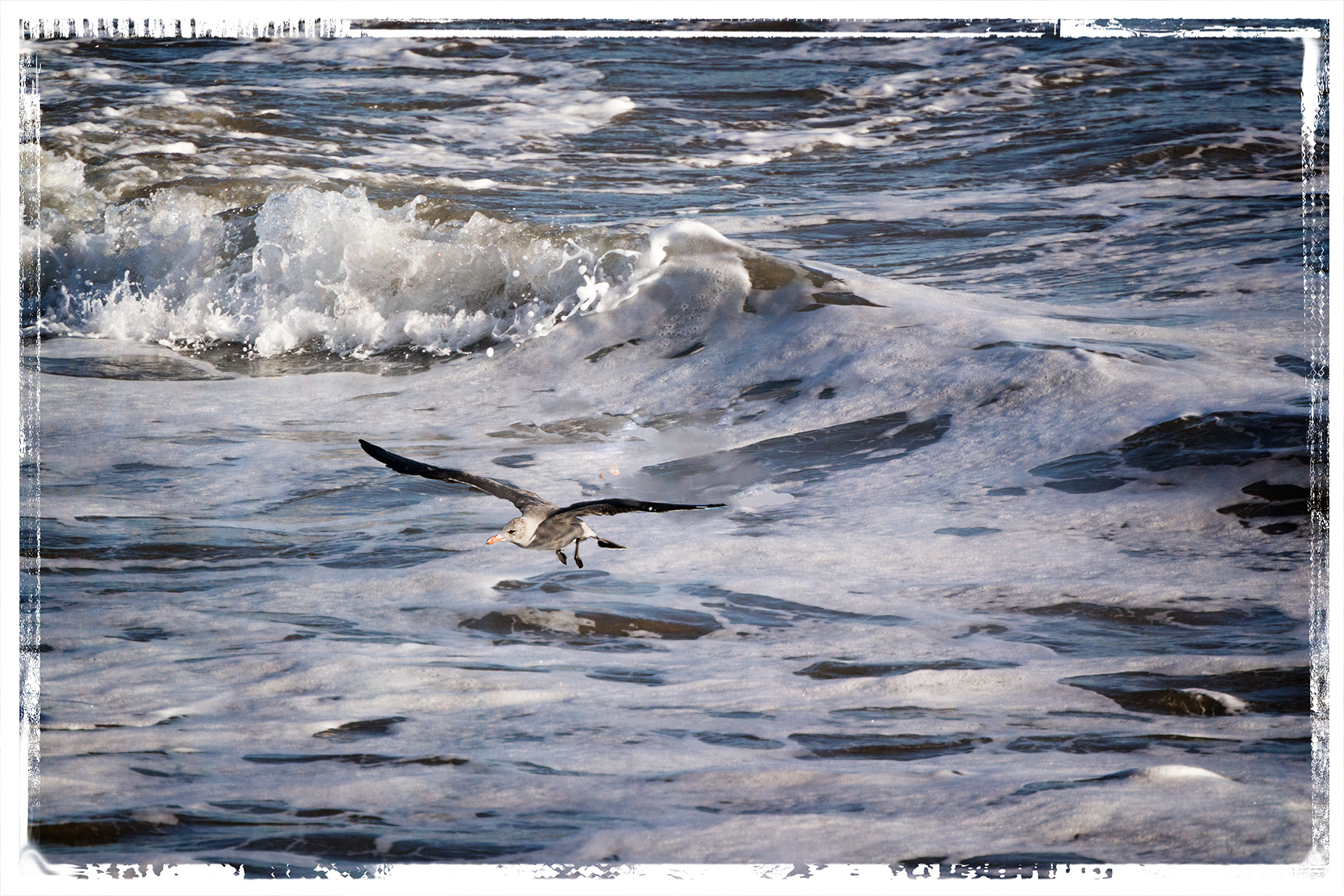Although I drive hundreds of miles to visit places that have huge numbers of birds (and get some of my best shots), I sometimes think you learn more about birds when there aren’t very many of them around. You should because you definitely spend more time looking at each bird than you would otherwise.
Hopefully, you also get better pictures of them.
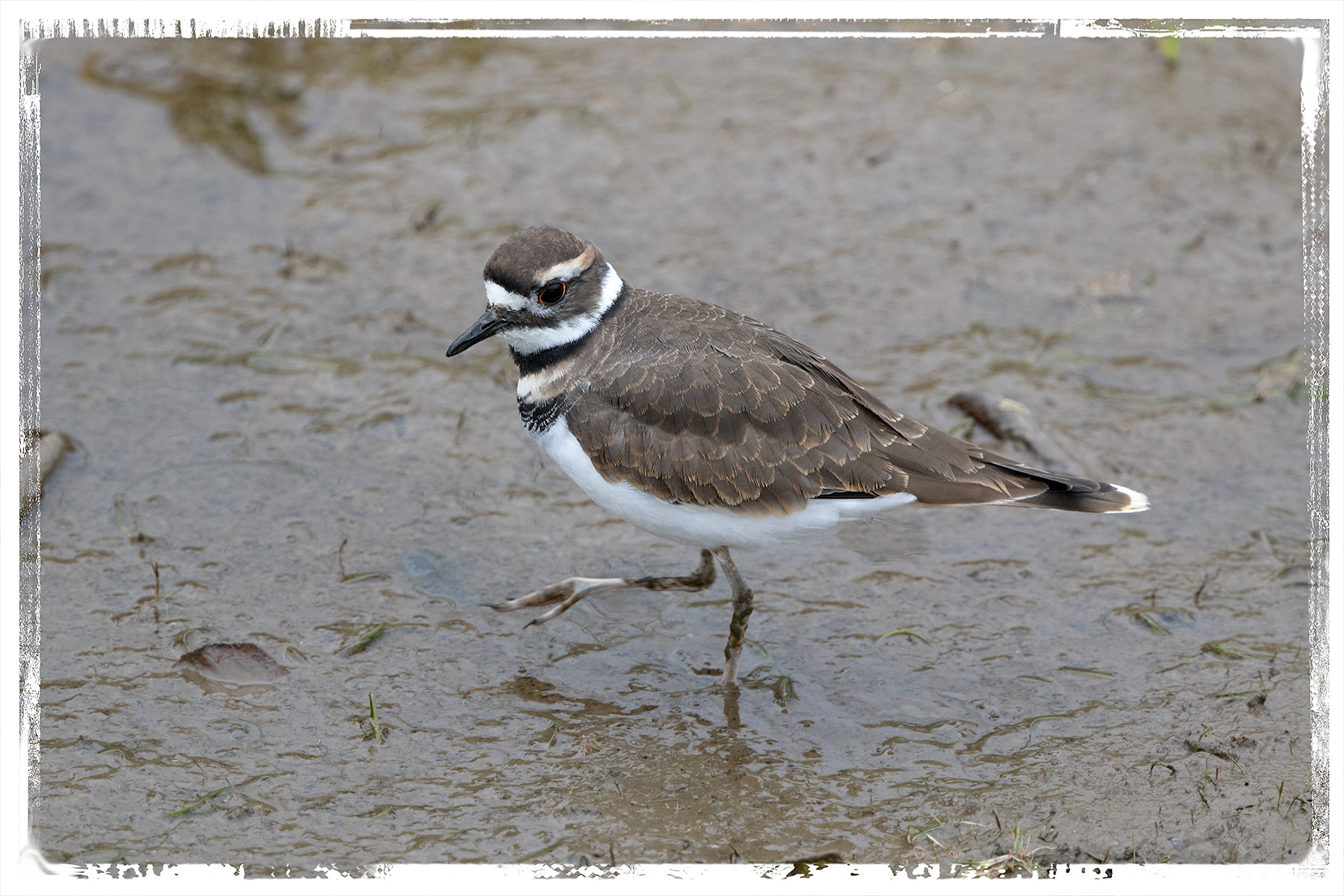
I’d never really notice how delicate the feet on a Killdeer are.
I actually started to believe I could see the difference between these Western Sandpipers
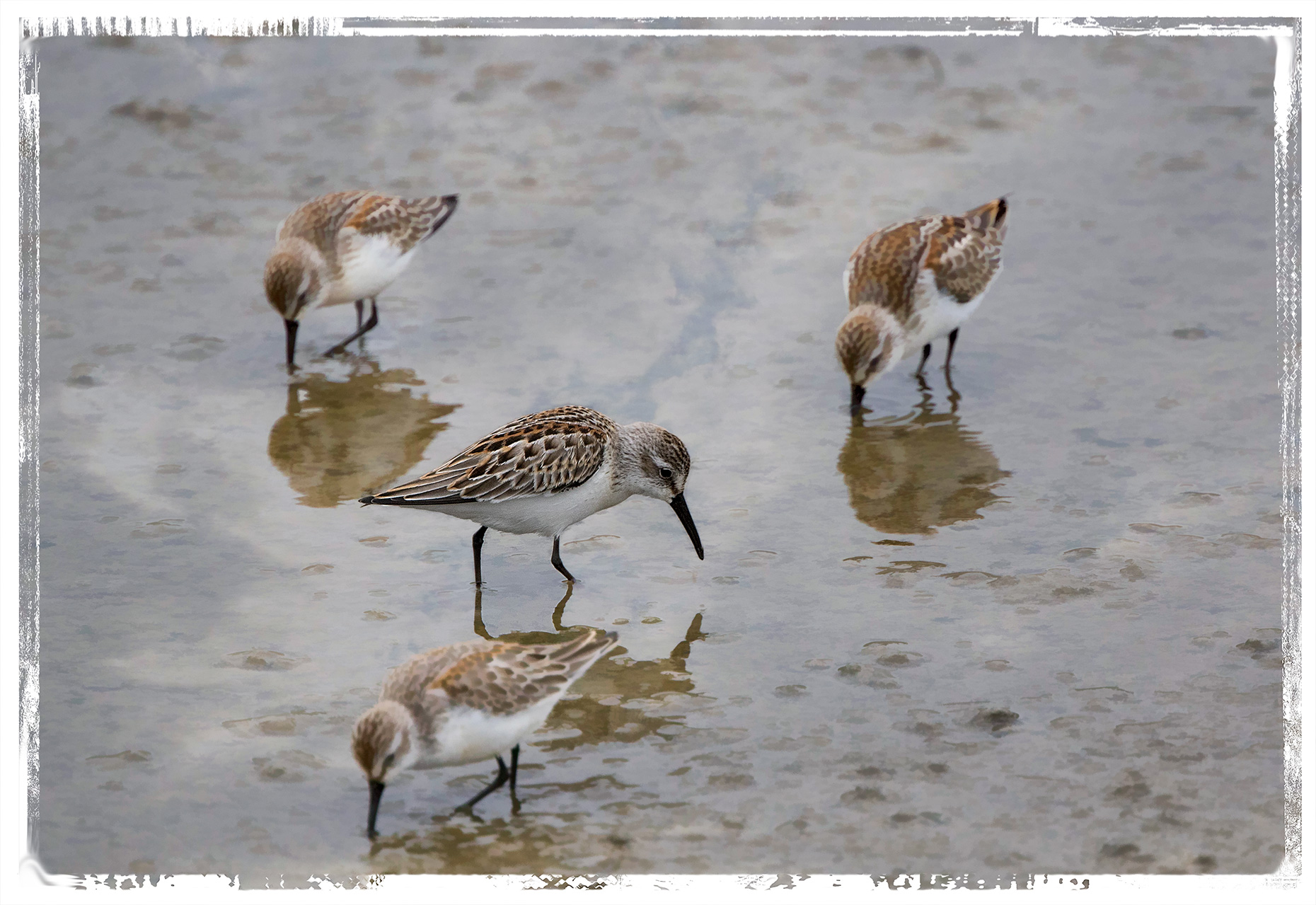
and the Least Sandpipers I showed yesterday.
If I hadn’t been hunting so hard, I might even have missed this Yelllowlegs preening itself.
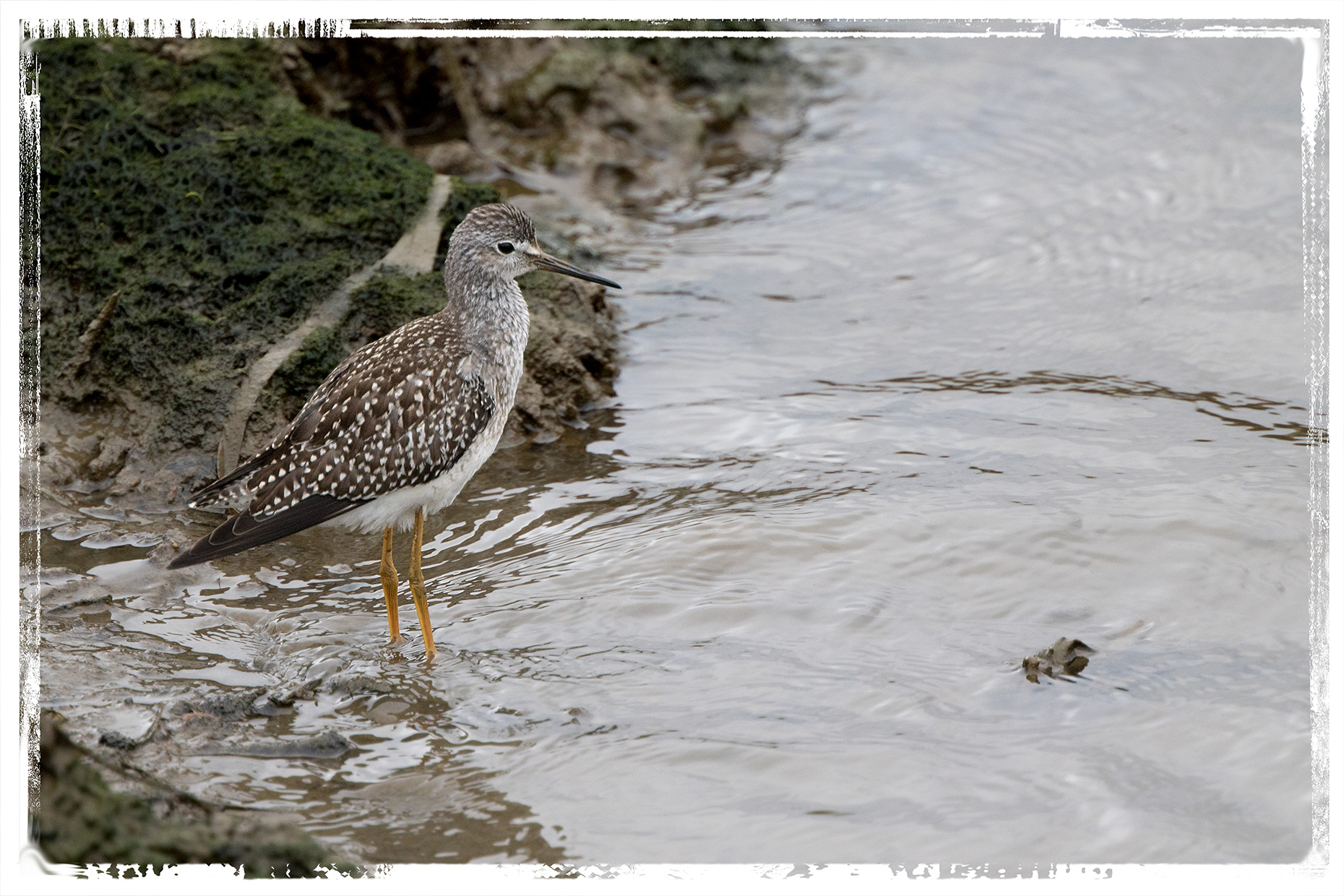
Not too much later it could be seen prowling the mud flats with a rather large worm in its beak.
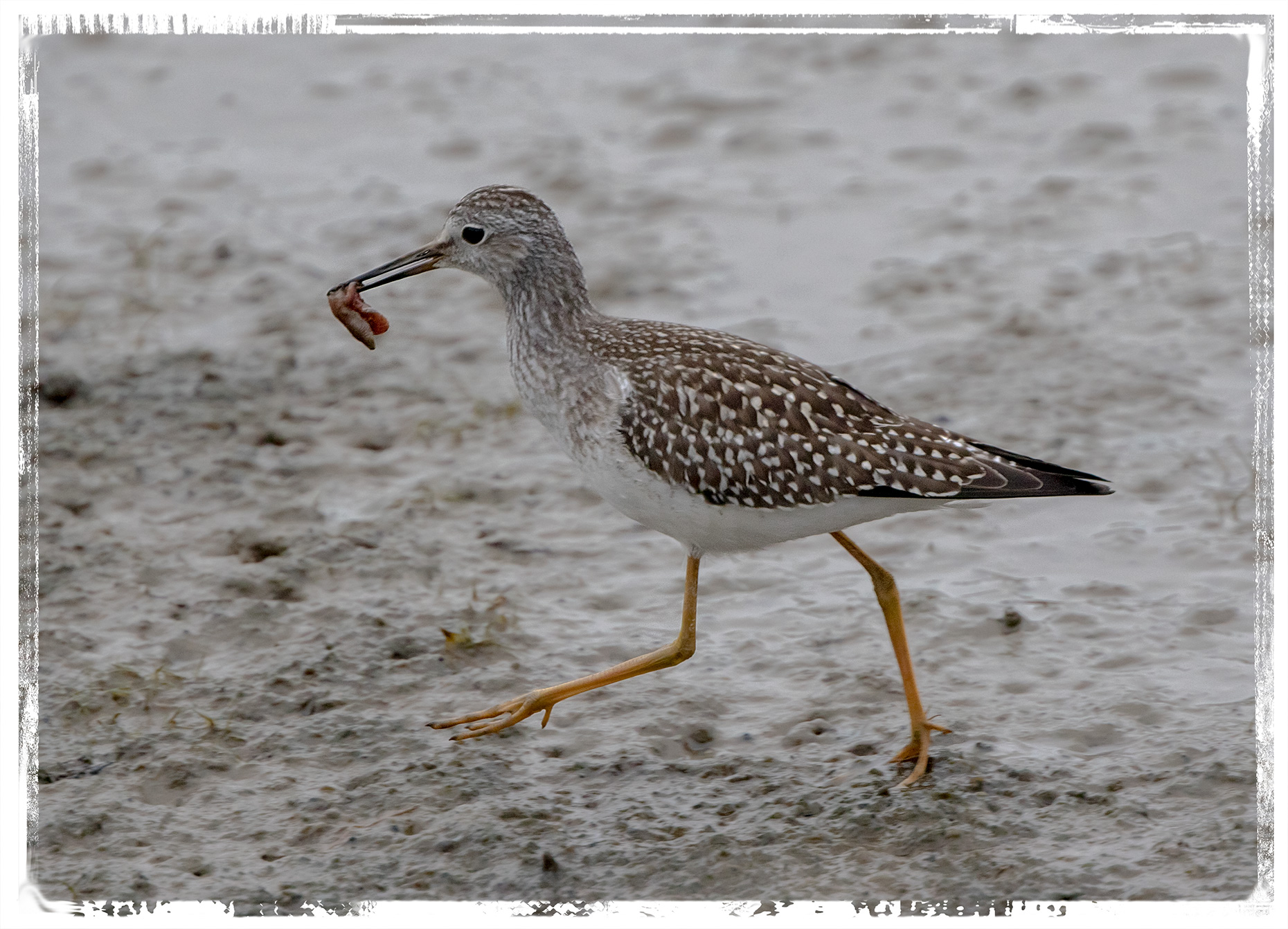
We saw so few birds that I even ended up taking more pictures of the Least Sandpipers at the end of the walk. This one seemed to feel that he was hidden by the rock and stood still long enough to have his portrait taken.
